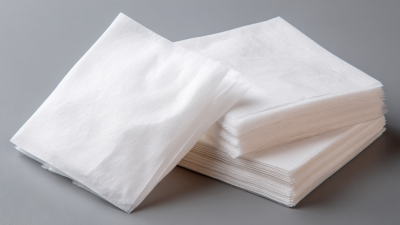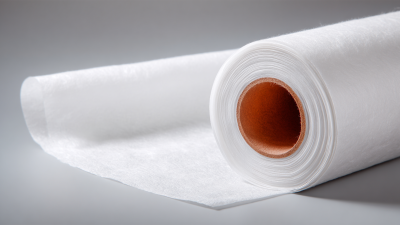
Leave Your Message
-
 CONTACT WhatsApp
CONTACT WhatsApp -

-

-
 CONTACT NUMBER
CONTACT NUMBER -
 CONTACT EMAIL
CONTACT EMAIL





The utilization of Filter Nonwoven Fabric has emerged as a pivotal element in various industries, particularly in the realm of filtration and protective applications. According to a recent report by MarketsandMarkets, the global nonwoven fabric market is projected to reach USD 45.3 billion by 2026, with significant growth driven by the increasing demand for efficient filtration materials in air, water, and liquid filtration applications. This rise is attributed to the superior performance characteristics of Filter Nonwoven Fabric, including its lightweight, durability, and efficiency in capturing particulate matter. Additionally, the versatility of these fabrics allows for innovation in product designs that meet stringent industry standards, making them invaluable across sectors like healthcare, automotive, and construction. In this article, we will explore seven key benefits of using Filter Nonwoven Fabric that you may not be aware of, unveiling insights that could enhance your operational efficiency and product quality.
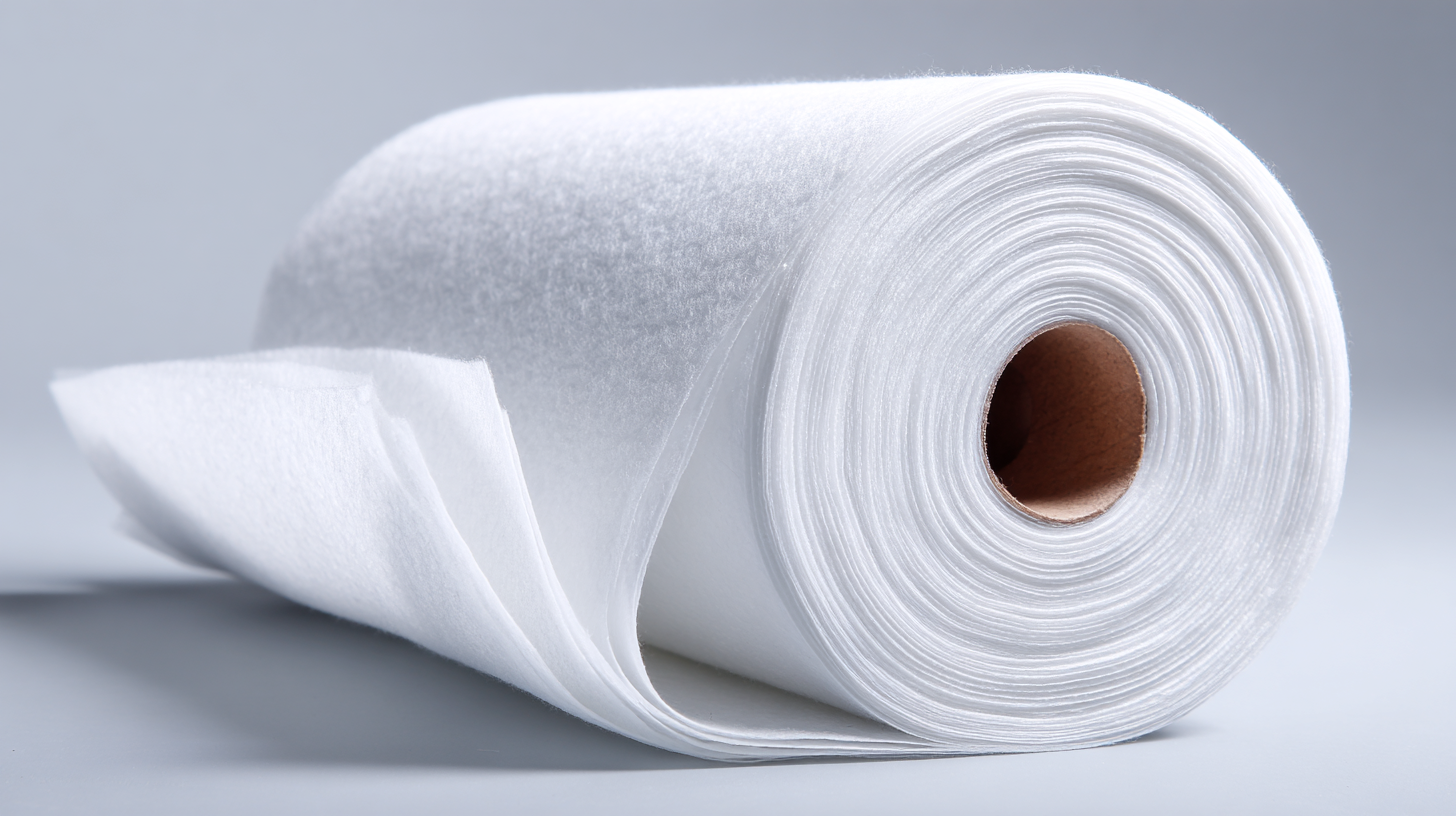
Nonwoven fabrics are emerging as essential materials in the realm of air filtration, particularly due to their impressive filtration efficiency. The enhanced filtration capabilities are primarily attributed to the unique structural properties of these fabrics, which exhibit high porosity and a large surface area-to-volume ratio. Recent advancements have shown that electret filters, a type of nonwoven fabric, can achieve over 99% particle capture rates. This exceptional performance is bolstered by their ability to attract particles electrostatically, which significantly improves their dirt-holding capacity.
Moreover, innovations such as one-step melt-blowing techniques have resulted in the development of multi-scale micro/nano fabric membranes that take filtration performance to new heights. These advancements not only optimize air filtration but also ensure that the materials remain lightweight and comfortable for users. By integrating features like antimicrobial properties and self-charging capabilities, the modern nonwoven filters enhance air quality while providing prolonged efficiency without the need for external power sources. Such technological strides underscore the vital importance of nonwoven fabrics in combating airborne pollutants and safeguarding public health.
This chart illustrates the enhanced filtration efficiency of nonwoven fabrics, highlighting their ability to capture various particle sizes effectively.
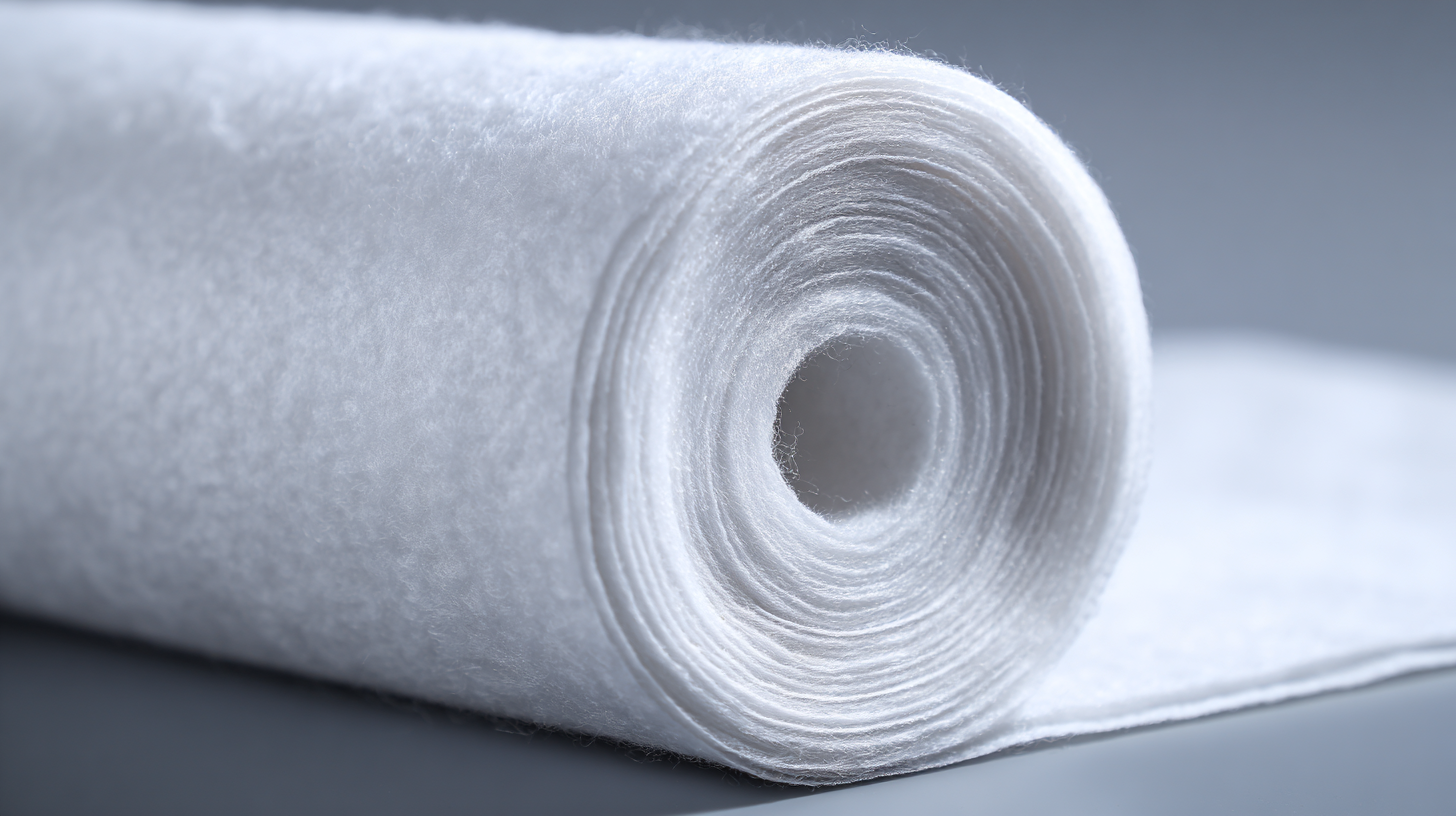 Filter nonwoven fabric is gaining attention in industrial applications due to its cost-effective production benefits. With the rising demand for efficiency and sustainability, industries are increasingly adopting this material to enhance their operational processes. Nonwoven fabrics can be produced rapidly and at lower costs compared to traditional woven materials, making them an ideal choice for applications like air filtration and environmental control. This shift not only reduces production expenses but also lowers waste, contributing to improved sustainability in industrial practices.
Filter nonwoven fabric is gaining attention in industrial applications due to its cost-effective production benefits. With the rising demand for efficiency and sustainability, industries are increasingly adopting this material to enhance their operational processes. Nonwoven fabrics can be produced rapidly and at lower costs compared to traditional woven materials, making them an ideal choice for applications like air filtration and environmental control. This shift not only reduces production expenses but also lowers waste, contributing to improved sustainability in industrial practices.
Moreover, advancements in membrane-based technologies further amplify the economic advantages of using filter nonwoven fabrics. Catalytic membranes, for instance, streamline processes while maintaining high selectivity and low operational costs. These technologies play a crucial role in addressing environmental challenges, such as NOx emissions, by offering innovative solutions for denitrification. As industries strive to optimize performance while minimizing environmental impact, the integration of filter nonwoven fabrics in their operations emerges as a strategic choice that aligns with both economic and ecological goals.
Nonwoven fabrics have emerged as a game-changer in various industries, primarily due to their exceptional durability and strength. According to a report by the Textile Research Journal, nonwoven fabrics can exhibit tensile strength exceeding 25% when compared to traditional woven textiles. This remarkable strength not only enhances the product lifespan but also reduces the frequency of replacements, making nonwovens a more sustainable choice. As industries continue to demand materials that withstand harsh conditions, the lifecycle of nonwoven fabrics is becoming increasingly favorable.
Sustainability is another pivotal aspect of nonwoven fabrics, as they are often made from recycled materials. A study conducted by the Nonwoven Institute reveals that using recycled polypropylene in nonwoven production can reduce energy consumption by up to 67%. Furthermore, due to their lightweight nature and efficient manufacturing processes, nonwoven fabrics result in lower carbon emissions during production, reinforcing their standing as an eco-friendly alternative. This combination of durability and sustainability positions nonwoven fabrics as a top choice for sectors ranging from healthcare to construction, where both performance and environmental impact are crucial considerations.
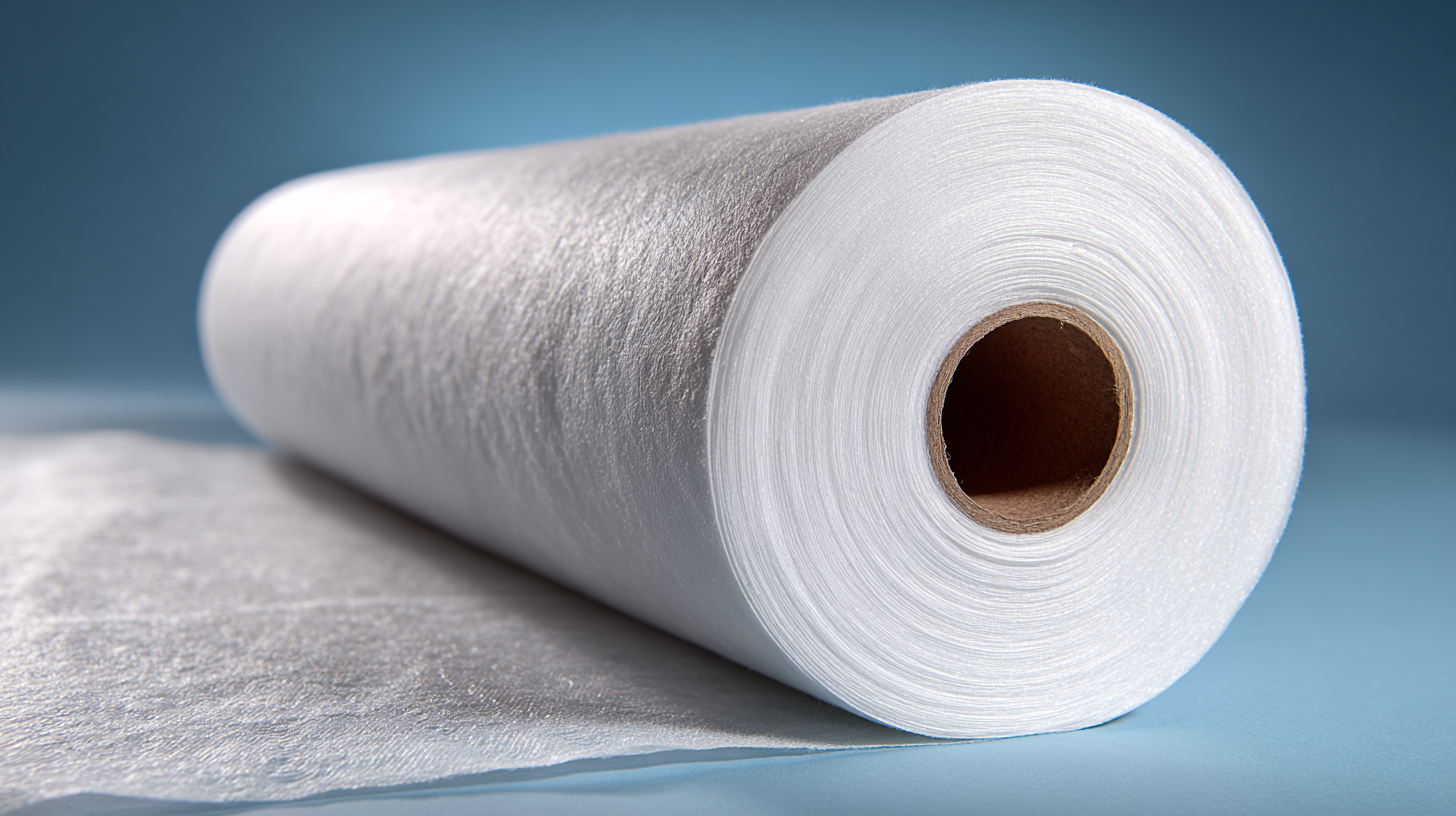
Filter nonwoven fabrics are gaining traction across various industries, showcasing their versatility and adaptability in applications ranging from automotive to medical uses. These materials provide effective filtration solutions, making them crucial for air and water purification systems, as well as in the manufacturing of personal protective equipment. Their ability to trap particles and pathogens enhances safety in medical settings, while in automotive applications, they contribute to cabin air quality.
The advancements in nonwoven technology further elevate their functionality. Innovations such as the incorporation of nanoparticles into the fabric enhance antimicrobial properties, offering added protection for general health management. Moreover, the emergence of biodegradable electrospun membranes aligns with the growing demand for sustainable practices in industrial applications. As research continues to explore the diverse properties of nonwovens, their role in various sectors is set to expand, underscoring their significance in both environmental and health-related solutions.
| Benefit | Description | Applications |
|---|---|---|
| High Filtration Efficiency | Effectively traps and filters out particulates and impurities. | Air filters, water purification systems |
| Lightweight and Flexible | Easy to handle and adaptable to various shapes and sizes. | Automotive interiors, packaging materials |
| Cost-Effective Production | Lower manufacturing costs compared to traditional materials. | Construction, disposable medical products |
| Chemical Resistance | Resistant to various chemicals, enhancing durability. | Industrial filtration, protective clothing |
| Hydrophobic and Hydrophilic Properties | Can be engineered to repel or attract water. | Personal protective equipment, medical wraps |
| Thermal Insulation Capabilities | Offers insulation against temperature variations. | Building materials, automotive applications |
| Biodegradability | Can be made from natural fibers, contributing to sustainability. | Eco-friendly products, agricultural applications |
Recyclable nonwoven fabrics are making significant strides in reducing environmental impact and promoting sustainable practices across various industries. With the growing emphasis on sustainability, the nonwoven sector is increasingly focused on innovative solutions that utilize environmentally friendly materials. This shift not only addresses the urgent need to combat environmental challenges, such as synthetic microfiber pollution, but also enhances the functionality of products across sectors like healthcare, packaging, and construction.
Tip: When selecting nonwoven fabrics, consider those made from recycled materials. This choice not only contributes to a circular economy but also supports industries in reducing their carbon footprint.
The development of next-generation fiber solutions is paving the way for high-performance nonwovens that prioritize eco-friendliness. For instance, the integration of recycled polyester staple fibers into nonwoven textiles presents a powerful alternative that mitigates waste and resource depletion. These advancements in technology enable manufacturers to create sustainable, functional products without sacrificing quality or performance.
Tip: Look for nonwoven products labeled as "recyclable" to ensure that you are supporting sustainable practices and contributing to a healthier planet. By prioritizing eco-friendly options, consumers can play a pivotal role in advancing sustainability efforts.



